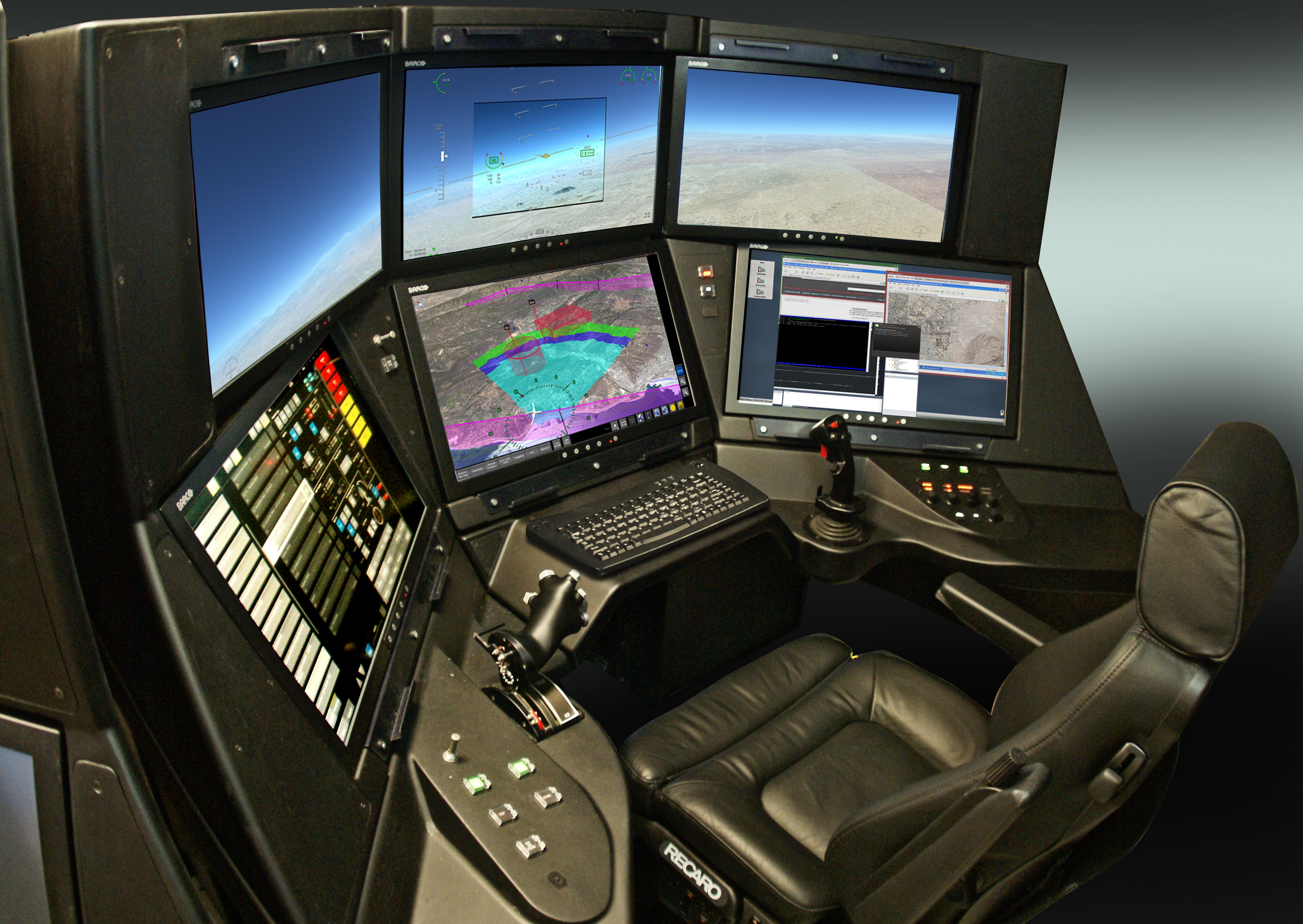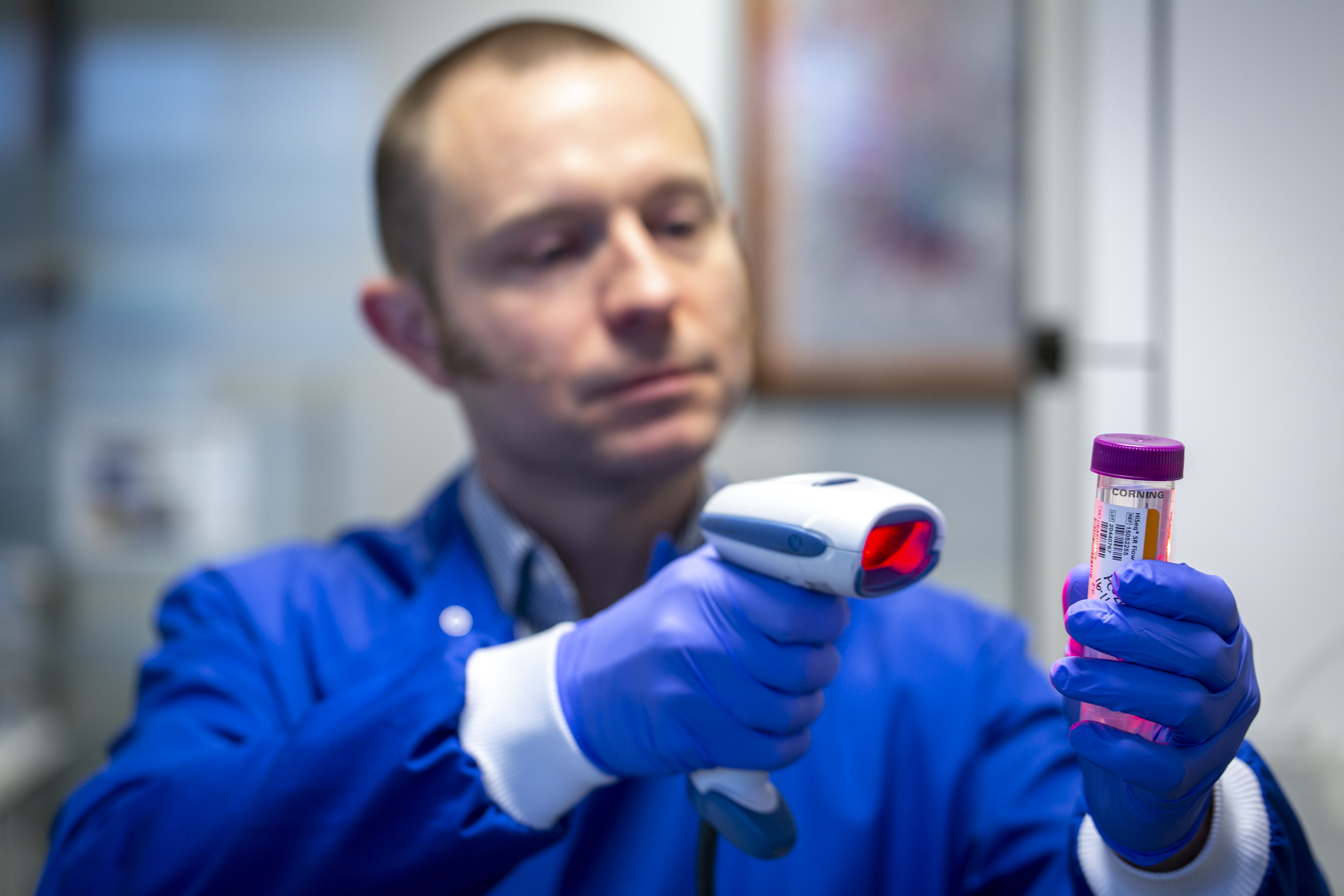Daily Business Report — April 18, 2011
Salk Institute Rewards Six Researchers
The Salk Institute for Biological Studies has promoted E.J. Chichilnisky, Andrew Dillin, Martin Hetzer and Jan Karlseder to full professor, and Leanne Jones and Satchidananda Panda to associate professor following a review by Salk senior faculty. “Faculty are the intellectual capital of the Salk Institute and these young scientists have proven their extraordinary talent and creativity,” said Salk President William R. Brody. “They are the heavy hitters among their peers, and their research efforts and dedication will have a profound impact on human health through scientific discovery and creative research. That’s what really matters.”
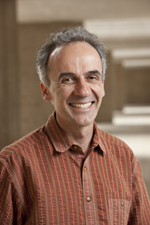
E.J. Chichilnisky, a member of the Systems Neurobiology Laboratory, is working on deciphering how the retina, the tissue lining the back of the eye, encodes visual information so the brain can use it to produce visual experience. Employing a microscopic electrode array to record the activity of retinal ganglion cells — each of which views the world only through a small, jagged window called a receptive field — he was able to show that receptive fields fit together like pieces of a puzzle, preventing blind spots and excessive overlap that could blur our perception of the world.
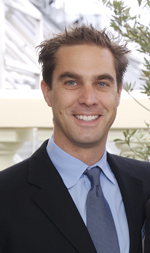
Andrew Dillin, a Howard Hughes Medical Institute investigator and director of the Glenn Center for Aging, uses the tiny roundworm Caenorhabditis elegans to study the genetic and molecular pathways that regulate aging and aging-related diseases. His lab discovered the mechanisms that clear away toxic proteins in young, healthy brains — mechanisms that, Dillin found, break down with age and lead to protein aggregate build-up, the hallmark of age-related neurodegenerative diseases such as Alzheimer’s, Parkinson’s and Huntington’s.
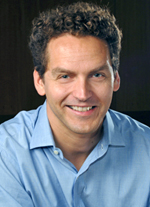
Martin Hetzer, a member of the Molecular and Cell Biology Laboratory, is interested in how the organization of the nucleus influences gene activity and how disruption of its three-dimensional architecture can cause developmental defects, cancer and aging. Work of the Hetzer lab has established nuclear pore proteins as a new class of gene regulators and showed that nuclear membrane integrity declines with age and during tumorigenesis. Nuclear membrane irregularities are a hallmark of many diseases, including cancer and neurodegenerative disorders.
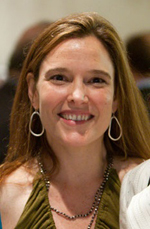
Leanne Jones, a member of the Laboratory of Genetics, uses the fruit fly Drosophila melanogaster to establish paradigms for how stem cell behavior is controlled and how the relationship between stem cells and their environment changes during development, aging and tumorigenesis. Using the fly intestine and testis as model systems, Jones discovered that during the aging process, the level of support from a stem cell’s specialized environment, also known as the stem cell niche, drops off, diminishing stem cells’ ability to self-renew and adequately maintain tissues.
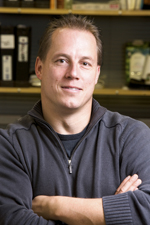
Jan Karlseder studies how cells keep tabs on their telomeres — the protective ends of chromosomes — and prevent catastrophic meltdowns to gain a better understanding of the interrelationship of aging and cancer. For example, he found that the telomere dysfunction observed in cells from patients with the premature aging disease known as Werner Syndrome is a major cause of genomic instability and could explain the high incidence of cancer seen in this disease.

Satchidananda Panda tries to understand how our brain clock keeps track of time in all seasons and time zones and tells our body when to sleep, when to wake up and when to eat. His work focuses mostly on melanopsin, a photopigment he had discovered before he joined the Salk Institute. His research in the Laboratory of Regulatory Biology revealed that melanopsin not only reports the intensity of incoming light to the circadian clock but also to regular visual centers in the brain. In a different set of experiments, he discovered that the daily waxing and waning of thousands of genes in the liver — the body’s metabolic clearinghouse — is mostly controlled by food intake and not by the body’s circadian clock as conventional wisdom had it.
Redistricting Meetings Set for April 19-20
The San Diego Redistricting Commission will hold public hearings on April 19 and 20 to get community input on drawing up boundaries for nine San Diego City Council Districts based on the 2010 U.S. Census. The hearings will be held at 6 p.m. on April 19 at the Valencia Park/Malcolm X Library, 5148 Market St., San Diego, and at 6 p.m. on April 20 at the Otay Mesa-Nestor Public Library, 3003 Coronado Ave., San Diego.
Public input will help the Redistricting Commission decide how to best define each San Diego City Council district. The public will be asked to comment on issues such as factors that make neighborhoods special, similarities and difference in various communities and where boundaries might be drawn when the commission develops a new map for the city’s nine council districts. The commission’s goal is to create nine districts, each with populations as close as possible to 144,624 — one ninth of the city’s population.
Rather than the seven public hearings required by the city charter, the commission has scheduled 19 hearings in addition to its regular bi-weekly meetings. A full schedule is available at: sandiego.gov/redistricting/meetings/publichearings.shtml.
NASSCO Launches USNS William McLean
NASSCO on Sunday launched the U.S. Navy’s newest supply ship, USNS William McLean (T-AKE 12), during an evening christening ceremony at the shipyard. The McLean is the 12th of a class of 14 dry cargo/ammunition ships to serve as Combat Logistics Force (CLF) ships or be part of the Maritime Prepositioning Force. The ship is named after William Burdette McLean (1914–1976), the Navy physicist who conceived and developed the heat-seeking Sidewinder missile. The Sidewinder was the first effective heat-seeking, short-range, air-to-air missile carried by fighter aircraft. After five decades, variants and upgrades of the Sidewinder remain in active service with many air forces today. McLean’s eldest niece, Margaret Taylor, served as the ship’s sponsor. During World War II, McLean worked on ordnance equipment and testing at the National Bureau of Standards in Washington, D.C. Following the war, he moved to the Naval Ordnance Test Station in Inyokern, Calif. (now the Naval Air Weapons Station China Lake), where he led the project team developing the Sidewinder missile from 1945 to 1954. In April 1954, he was appointed technical director, the senior civilian position at the station, a position which he held until 1967. He then served as technical director for the U.S. Navy’s submarine-warfare research center in San Diego until 1974.
San Diego Office Market to Improve
Technology manufacturers and private education firms will increase leasing activity in the coming year, helping strengthen San Diego office operations, according to a report by Marcus & Millichap. More firms will take advantage of discounted rents and relocate within the market, including Nokia, which will move into 200,000 square feet of Class A space in the Interstate 15 corridor. While a sizable share of the leasing activity this year will stem from similar moves, new demand will also come from companies pursuing expansion, the report said. Bridgepoint Education, for instance, will enter the market in the first half to occupy 190,000 square feet in the Kearny Mesa area. As office-using job growth builds momentum, vacancy improvements in major employment corridors such as the Downtown, North County Coastal and Central submarkets will outperform marketwide forecasts early in the recovery.
Secondary office hubs, however, will face another challenging year, particularly in the South Bay submarket, where demand left void from shuttered professional service firms will require considerable time to backfill, the report said. Startups and established companies operating in these secondary corridors will favor mid- and lower-tier complexes, as minimal completions in recent years will limit Class A concessions.
2011 Market Outlook
• Employment Forecast: Employers will increase payrolls by 1.9 percent this year with the creation of 23,400 jobs, including 4,500 positions in office-using sectors.
• Construction Forecast: Developers will expand competitive office stock in the San Diego market by just 0.1 percent in 2011, or 60,000 square feet, after completing 113,000 square feet last year.
• Vacancy Forecast: Vacancy will decline 60 basis points this year to 18 percent, following a 60 basis point jump in 2010.
• Rent Forecast: Owners will leverage minimal supply growth and falling vacancy rates to raise asking rents 0.8 percent in 2011 to $28.12 per square foot. Effective rents will gain 1.2 percent to $22.76 per square foot.
• Investment Forecast: Investors willing to commit significant amounts of capital can still obtain distressed properties below replacement costs, but lease-up may take several quarters.
SCORE San Diego Small Business Workshops
• April 19 – Internet Marketing 304 – Cost-Effective Internet Marketing Tools – 9 a.m. to noon at National University in Kearny Mesa (9388 Lightwave Ave., San Diego 92123; pre-paid registration $49, $59 at the door).
• April 20 – Buying and Selling a Business – 9 a.m. to 3:30 p.m. at National University in Kearny Mesa (9388 Lightwave Ave., San Diego 92123; pre-paid registration $69, $79 at the door).
• April 26 – Introduction to Starting Your Own Business – 9 a.m. to 4:15 p.m. at National University in Kearny Mesa (9388 Lightwave Ave., San Diego 92123; pre-paid registration $69, $79 at the door).
• April 26 – Financial Statements – What They Mean, How to Use Them – 9 a.m. to 3:30 p.m. at SCORE Entrepreneur Center (550 West C St., #550, San Diego 92101; pre-paid registration $29, $39 at the door).
• April 27 – Financing Your Business – 9:30 a.m. to noon at National University in Carlsbad (705 Palomar Airport Road, Carlsbad 92009; pre-paid registration $29, $39 at the door).
• April 27 – Good Governance for Nonprofits: Effective Board Performance – 9 to 11:30 a.m. at The San Diego Foundation in Liberty Station (2508 Historic Decatur Road, #200, San Diego 92106; pre-paid registration $39, $49 at the door).
• April 29 – Business Basics 101 – 9:30 to 11:30 a.m. at SCORE Entrepreneur Center (550 West C St., #550, San Diego 92101; No Charge – Please Pre-Register).
• April 29 – Tax Considerations for Small Business – 9:30 to 11:30 a.m. at National University in Carlsbad (705 Palomar Airport Road, Carlsbad 92009; pre-paid registration $29, $39 at the door).
The Daily Business Report is produced by REP Publishing Inc., publisher of SD METRO, the North Park News, Kensington News and the West Coast Craftsman. Contact: Manny Cruz (619) 287-1865.

